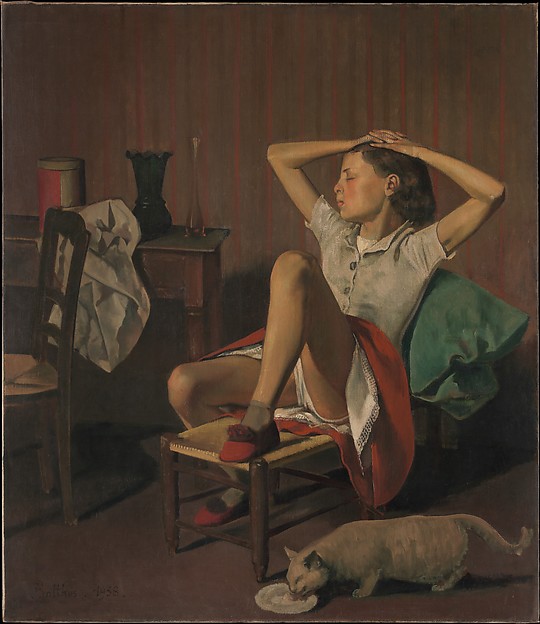The Hirshhorn Museum and Sculpture Garden has announced the restaging of "Hirshhorn Museum, Washington, D.C.," an iconic large-scale, outdoor projection by acclaimed American artist Krzysztof Wodiczko (b. 1943, Warsaw), on view Feb. 13-15, 6:30-9 p.m. for the first time since its original three-night display 30 years ago. The work coincides with "Brand New: Art and Commodity in the 1980s," a new exhibition exploring the collision of art and marketing in the 1980s opening Feb. 14. The comprehensive group show will also include Wodiczko's renowned "Homeless Vehicle No. 5." (1988-89), a device designed to provide homeless individuals - who were growing in numbers at the end of the decade - with some form of autonomy, containing shelter, a sink and storage.
After viewing the projection, visitors can explore "Brand New" during special late hours Feb. 13-15, from 6:30 to 9 p.m., and join Wodiczko and the Guerrilla Girls for a public artist talk on "Brand New" and the art of the '80s, Feb. 13. On Feb. 14, the museum will host a wide-ranging conversation on monuments, art and the First Amendment, in partnership with the bipartisan Philadelphia-based National Constitution Center, Gallery Guides will also be on the National Mall and in the museum's lobby all three nights to answer questions and host conversations about the work.
The celebrated three-story-tall installation, commissioned by the Hirshhorn and created specifically for its uniquely curved architecture, debuted in 1988 as part of the museum's "WORKS" program, which ran from 1987 to 1993 and featured a series of temporary, site-specific exhibitions by artists such as Sol Lewitt, Ann Hamilton, Matt Mullican and Alfredo Jaar installed throughout the museum's grounds and plaza. Wodiczko's work, "Hirshhorn Museum, Washington, D.C.," referenced widespread '80s debates around the 1988 Presidential election's political rhetoric, reproductive rights and the death penalty, by alluding to the power of mass media to convey ideologies at a time when cable TV was changing the media paradigm.
Wodiczko was at the forefront of a new interest in public art, and his work, including "Hirshhorn Museum, Washington, D.C.," reflects an increased political awareness in the art of the period, spurred by forces such as the rise of homelessness, the AIDS epidemic and the polarization of U.S. politics. Using recognizable imagery - body parts, figures, guns and money - Wodiczko's large-scale projections are open to interpretation by the communities who experience them, and in the political and social climate where they are installed. His large iconic images borrow from film and advertisements of the day, which used oversized pictures to elicit an emotional reaction in the viewer, and by projecting on monuments and other public institutions, he raised awareness around contemporary social issues.
"The 30-year-old projection appears to me today strangely familiar and at once unbearably relevant," Wodiczko said. "I wrote in 1988 that, more than ever before, the meaning of our monuments depends on our active role in turning them into sites of memory and critical evaluation of history as well as places of public discourse and action. It remains vitally true."
"We are honored to present Wodiczko's 'Hirshhorn Museum, Washington, D.C.' nearly 30 years after it premiered to Washington audiences," said Hirshhorn Director Melissa Chiu. "This projection is a significant public artwork from the 1980s. It exemplifies themes explored in 'Brand New,' and highlights the reaction of artists to the seismic shifts in economy, politics and technology that transformed the decade."















